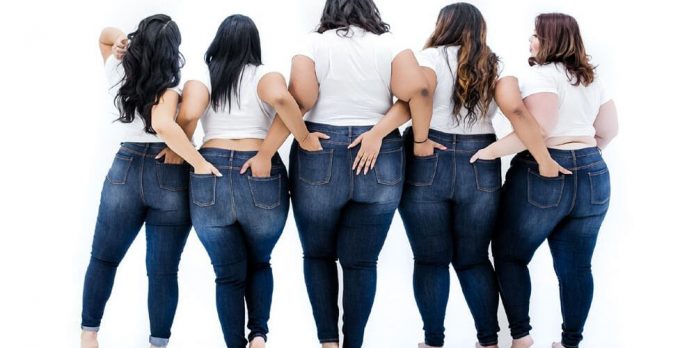The plus-size fashion industry is currently thriving. Stores selling wholesale plus size jeans are presently at the top of their game. This is a new trend because, for a long time, the fashion industry turned a blind eye to plus-size clients. This post looks at the plus-size clothing elements that make them stand out from the latter.
What makes plus-size clothing different from standard ones?
The most apparent difference between plus-size and standard clothing is that they are larger than the latter. However, there are several other differentiating factors which we will discuss below;
1. Sizing
One of the differences between standard and plus-size clothing lies in the sizing. Naturally, the sizing or size numbering of both plus-size and standard clothing depends on the store carrying the clothing. For instance, in popular stores like Target and Kohl’s, plus-size clothing is usually numbered from 1 to 4.
These four numbers are a symbol of the quantity of Xs that are in the size. For instance, the number 4 is for XXXXL. Other stores use size numbering from 14 going up. In such cases, the number is determined by the measurements of bust, waist, and hip. This is quite different from standard clothes, which are usually numbered from one up to 10.
2. They are usually figure-friendly
Another significant element that sets apart plus-size from standard clothing is the fact that they are figure-friendly. Most designers in this market use design elements that are flattering on most, if not all, body types. For instance, the empire waist cut is trendy in this category of clothing.
Additionally, low-waist designs for pants and skirts are not popular in this market because they are not flattering to ladies with larger bodies. Plus-size clothes usually require structure to focus on positive attributes and draw attention to features that clients are not comfortable displaying.
3. Colors and patterns
Traditionally, most plus-size designs featured black and dark colors. This is because such colors have a slimming effect. However, this is no longer the case. Designers for plus-size clothing have moved outside the box and come up with clothes featuring a wide range of colors and patterns.
White is currently popular in this clothing market. When it comes to patterns, plus-size designers often opt for vertical lines because they are more flattering. Horizontal stripes tend to make the wearer look bigger. On the other hand, with standard clothing, horizontal lines are trendy.
4. The history of plus size clothes and fashion
The plus-size fashion scene popped up in 1904 when the first exclusively plus-size retail store got launched. The store was opened by designer Lena Bryant who was also known for altering mass-produced clothing attires to create custom lingerie pieces.
This store was located in New York. Lana paved the way for the plus-size fashion industry as other designers and store owners started carrying them. However, the plus-size industry remained insignificant until the 21st century, when body positivity became the order of the day. Currently, several stores are carrying plus-size garments. From jeans to lingerie and dresses, the plus-size fashion industry is experiencing an all-time high.
Conclusion
If you are looking for the perfect plus-size jeans, you first need to get acquainted with the sizing elements. Note that plus-size clothes are not numbered the same way as the latter. Therefore, you can either ask the store for guidance or go online.










